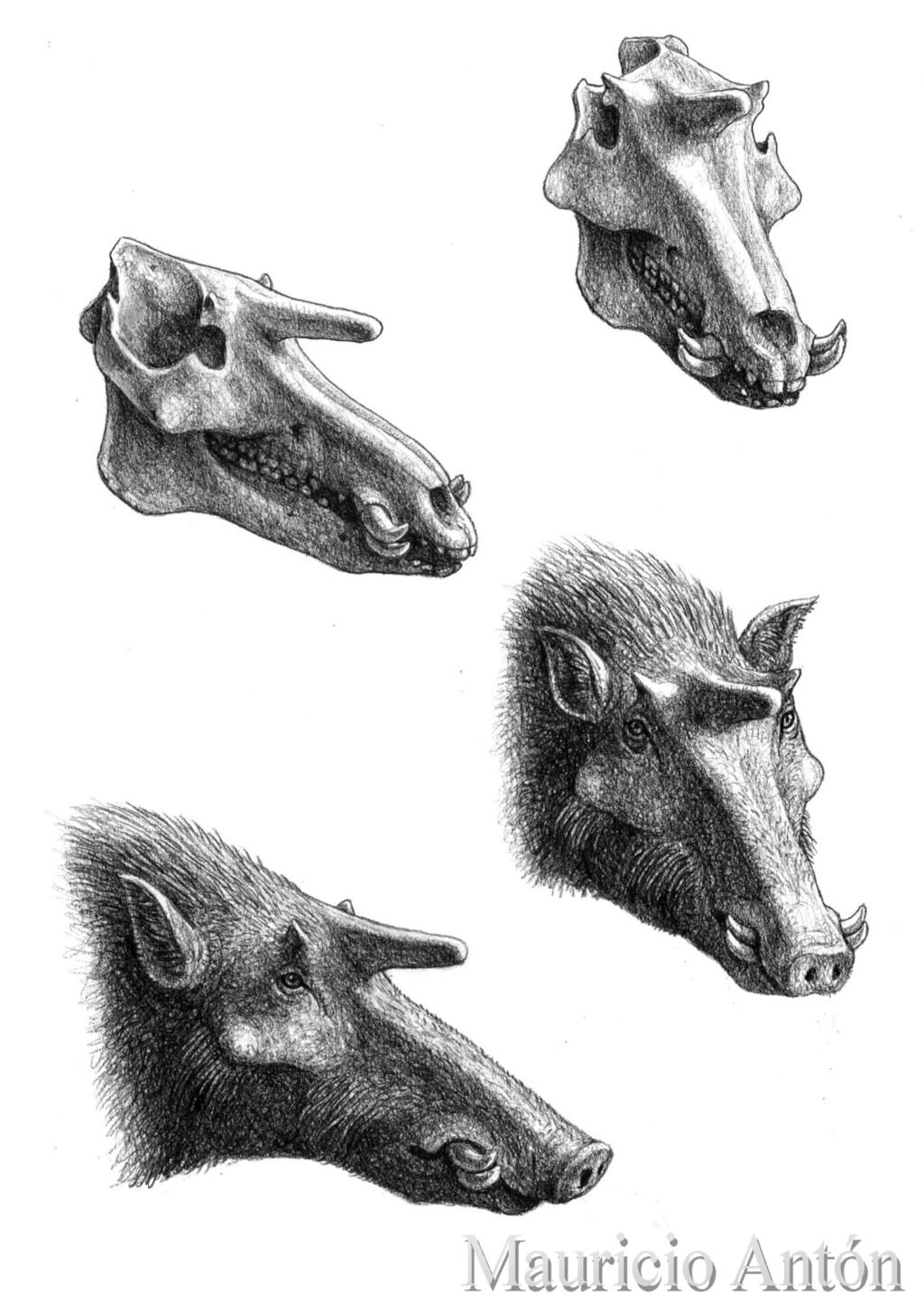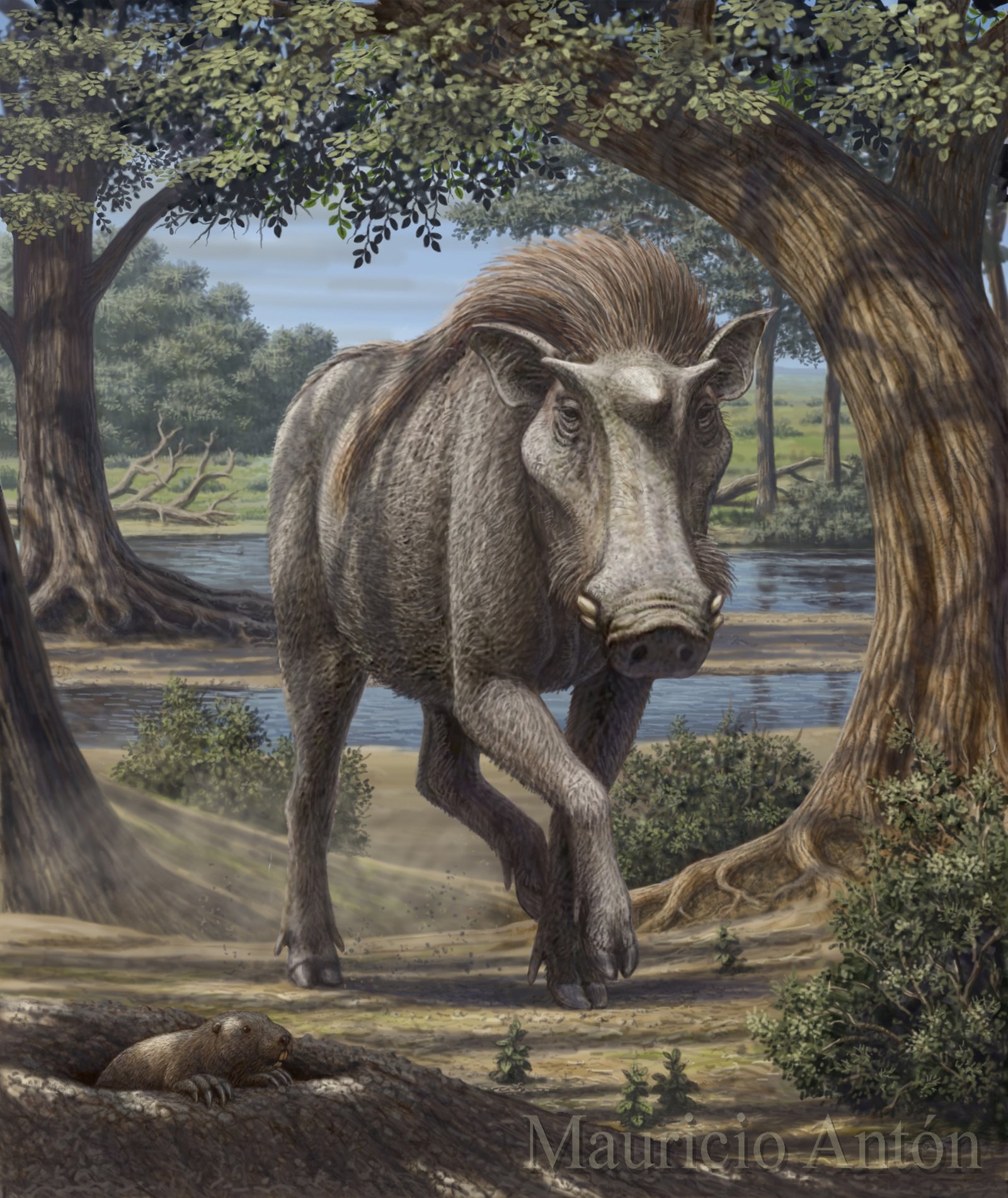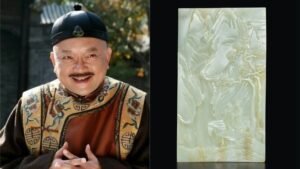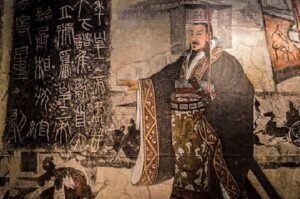
Kubanochoerus gigas: Ancient pig with horns like a mythical unicorn 1
Fossils are the best tool to learn about extinct organisms.
The genera Libycochoerus and Megalocherus were once assigned to Kubanochoerus but are now considered distinct based on minor details of the teeth and skull.
Kubanochoerus is an extinct genus of long-legged pigs that lived during the early to mid-Miocene period.
It is believed that only males have unicorn-like horns growing on their heads.

Males of this species possess a large horn on their forehead, which can be used for fighting purposes with males of the same species.
The first fossils of Kubanochoreus were discovered in China in 1928. Initially, they were classified in the genus Listriodon.
China, Africa and Eurasian countries are where fossils of this species were discovered.
A debate has occurred over the years whether the discovered fossils should be classified in the genera Libycochorues, Megalochorues or kubanochoerus.

The species Kubanochoerus massai was originally thought to be an African species of the genus, as the first specimen shared the genus’ characteristic eyebrow horn.
Kubanochoerus gigas is the largest species in the genus; other species in the genus include Kubanochoerus lantianensis, Kubanochoerus mancharensis, Kubanochoerus minheensis, Kubanochoerus parvus and Kubanochoerus robustus.
The largest kubaanochoerus species is capable of living in open habitats, as its size protects it.

Modern pigs eat anything they come across, and it is thought that unicorn pigs do the same.
Threats faced by the kubaanochoerus in the wild may include nimravids or saber-toothed cats, and sun bears, which are also likely to hunt the species if encountered.
This pig also had fangs for self-defense like modern pigs. While many large predators lived during the Miocene, kubanochoerus may have used its fangs and large horns to better compete for food with animals.
Source: Grunge;






